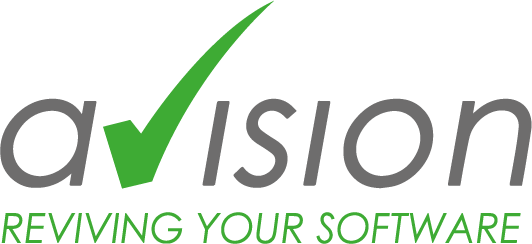Is the maintenance of outdated applications costing more time and resources than the IT department can afford? Then it’s time to escalate the accumulated technical debt and its risks for the company to the management. IT service provider Avision presents three aspects that make the difference between success and failure.
The easiest way is not always the best – in the IT world, supposed shortcuts and quick fixes in development can quickly lead to a shaky foundation. For example, if developers have deliberately foregone improvements in favor of short-term benefits, the long-term costs for maintenance and operation increase: technical debt. Reducing them requires understanding and investment – the IT department must get management on board for both factors. Avision names three important steps that are crucial for successfully raising awareness of the issue.
Technical explanation
First, managers must learn to understand what technical debt actually is, how it arises and why it poses a real risk. Clear examples, visualizations and specialist articles can help with this. Tools such as SonarQube, which analyze codes in terms of their quality and security, are suitable for clarifying the extent and current status. With the knowledge gained, developers can write detailed reports and present them to the management.
Business impact
Probably the most powerful argument for proactively tackling technical debt is the rising cost. A comparison of different scenarios can underline the urgency, whereby fact-based argumentation with cost-benefit analyses is the key: What does it cost the company to proactively eliminate the debt instead of sitting back and waiting? Several factors play a role here: costs for maintenance, incompatibility of security patches, increased tickets and support costs that tie up IT departments and prevent them from implementing requirements from the business side, for example.
Strategic solutions
In the long term, technical debt can become a real threat to a company’s efficiency that management cannot afford to ignore. This is because technical debt means that adjustments can no longer be made quickly. Together with the IT department, they must therefore develop suitable strategies to reduce debt and keep it to a minimum in the future. In addition to investing in modern infrastructure and technology, it is important to prioritize tasks in order to tackle critical problems promptly and use the usually scarce resources wisely. Other measures include the use of CI/CD solutions to automate development, testing and deployment of code, as well as employee training.
“Technical debt is often still under the radar of management and it is up to developers to bring the issue to the table,” explains Nadine Riederer, CEO at Avision. “Once awareness of the risks has been created, technical debt is much less likely to arise – even if functioning IT is actually taken for granted. Good management recognizes the cost-benefit factor.”
This press release can also be found at www.pr-com.de/de/avision
Press contact
Avision GmbH
Christina Karl
Marketing
Bajuwarenring 14
D-82041 Oberhaching
Tel. +49-89-623037-967
christina.karl@avision-it.de
PR-COM GmbH
Melissa Gemmrich
Sendlinger-Tor-Platz 6
D-80336 München
Tel. +49-89-59997-759
melissa.gemmrich@pr-com.de



